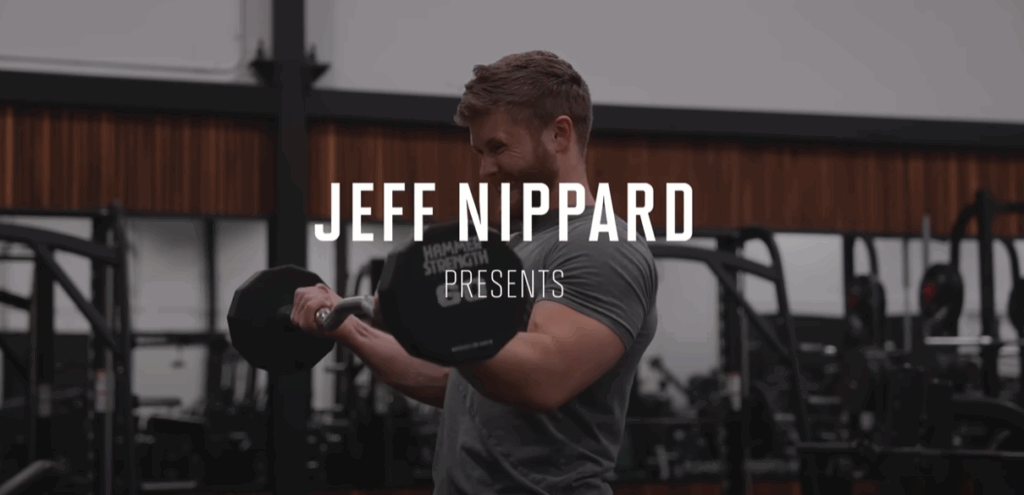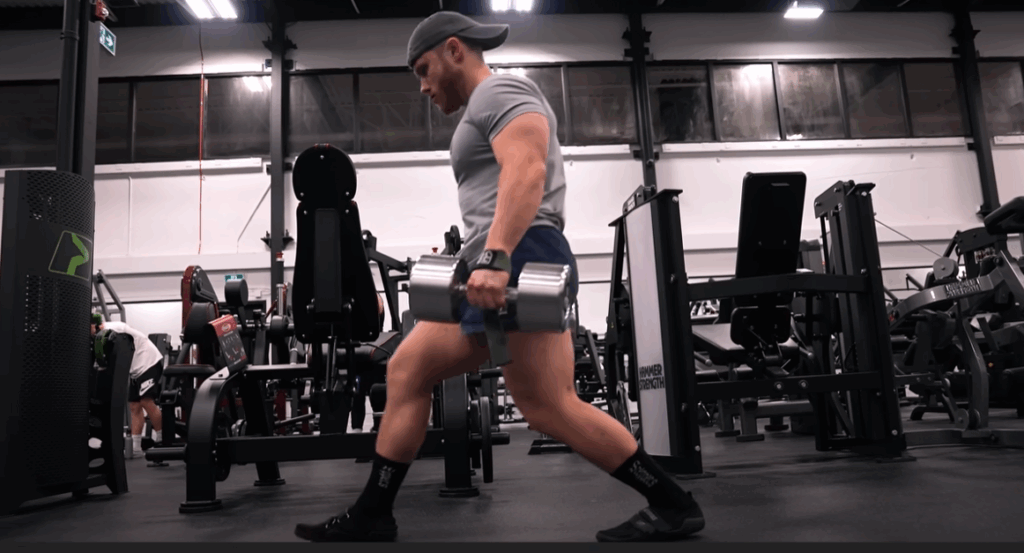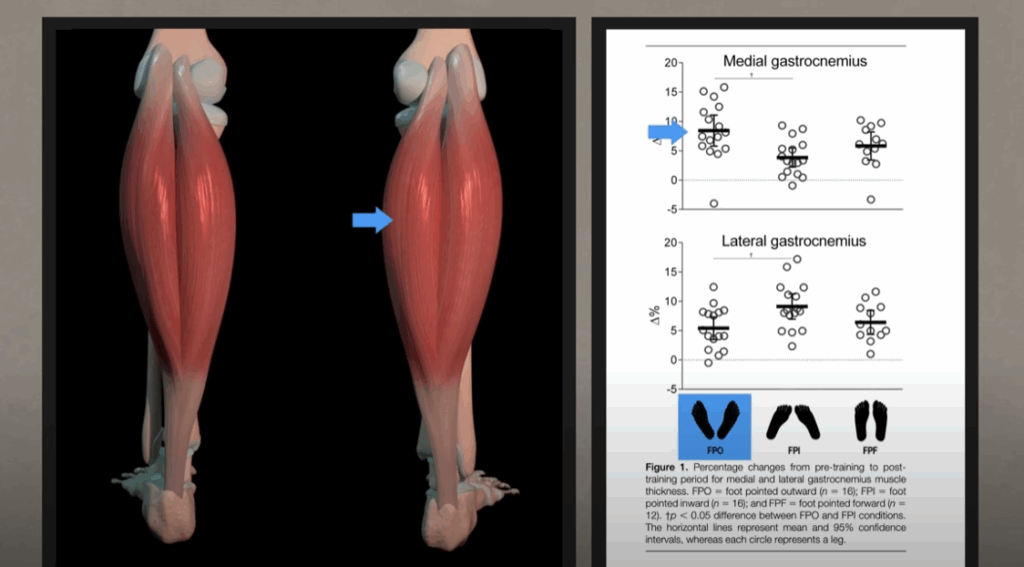Complete Leg Day Training Guide: Build Muscle from Quads to Calves (Plus Core Work)
If you’re aiming to develop lower body strength and muscle mass, leg day needs to be more than an afterthought—it must be structured, efficient, and tailored for both power and hypertrophy. This lower body workout covers all major muscle groups including the quads, hamstrings, glutes, calves, and even your abs, forming a comprehensive training session that fits within a push-pull-legs (PPL) split.
Let’s break down this high-impact session from warm-up to core work.

Why Warming Up Matters on Leg Day
Because the legs make up such a large portion of your total body mass, diving into heavy lifts cold can increase injury risk and reduce performance. Start with 5–10 minutes on a cardio machine like the treadmill or StairMaster to elevate your heart rate and improve blood flow. Afterward, include 1–2 minutes of dynamic mobility drills—hip openers, leg swings, and bodyweight squats are excellent choices.
Strength Focus: One Heavy Set of Squats
This routine emphasizes intensity over volume when it comes to the big compound lifts. You’ll perform one heavy top set of squats for 2–4 reps at around 85–90% of your one-rep max. That means, if your max squat is 405 pounds, your working weight will fall somewhere between 345–365 pounds.
This isn’t a max-effort grind but should still feel tough—aim for a Rate of Perceived Exertion (RPE) of 8 to 9. You shouldn’t have more than one or two reps left in reserve.
Don’t like squats? You can substitute hack squats or Bulgarian split squats. In those cases, raise the rep range to 4–6 to maintain a hypertrophy emphasis.
Back-Off Work: Paused Squats for Control and Growth
Following the heavy top set, perform two back-off sets of paused squats—5 reps per set with a weight around 75% of your top set. Pause for 1–2 seconds in the bottom position of each rep. This pause removes elastic energy, increasing muscle recruitment from the glutes and quads.
Paused squats promote technical precision, ensure you reach full depth, and place less stress on your joints due to the lighter load—all while maintaining a powerful stimulus for growth.

Posterior Chain Builder: Barbell Romanian Deadlifts
Next, we shift the focus to the hamstrings with three sets of Romanian deadlifts (RDLs), 8–10 reps each. Form is key: hinge at the hips, let the bar travel down while keeping it close to your legs, and reverse the movement before your lower back begins to round. The bar path should remain vertical, centered over your feet.
If you feel the lift only in your lower back, you may be letting the bar drift too far forward. Try using a lifting belt and focus your mind-muscle connection on the hamstrings. Want to bias the glutes? Emphasize hip extension and squeeze at the top. To shift more tension to the hamstrings, limit the range of motion to just the bottom half of the lift and pause at the lowest point for extra stretch.
Unilateral Challenge: Dumbbell Walking Lunges
Perform two rounds of walking lunges with 10 reps per leg—20 total strides per set. Lunges are deceptively tough and bring many benefits, but they’re often done incorrectly. Here’s how to avoid the three most common issues:
- Shallow Depth – Ensure your back knee gently taps the floor every time. Don’t cheat the range of motion when the set gets hard.
- Uncontrolled Eccentric – Control your descent. Rushing the negative phase reduces tension and increases injury risk.
- Grip Limitation – Don’t let weak grip strength limit your leg stimulus. Use lifting straps if needed so you can handle heavier dumbbells that challenge your legs, not just your forearms.
Hamstring Isolation: Seated Leg Curls
Next, perform three sets of 10–12 reps on the seated leg curl machine. A 2021 study revealed seated leg curls promote greater hamstring growth than lying leg curls due to a greater stretch in the lengthened muscle position.
Set the seat to allow a deep hamstring stretch at the starting position—lean slightly forward if needed. You can also experiment with toe positioning:
- Toes Inward – More inner hamstring activation.
- Toes Outward – Emphasizes outer hamstrings.
- Neutral Toes – Balanced recruitment.
Rotate foot angles across sets for variety and muscle targeting, as long as all positions feel natural and safe.

Calves Finish: Leg Press Toe Presses
Calves are last but certainly not least. Sit down on the leg press and perform four sets of 10–12 toe presses. Why the leg press? After heavy squats, lunges, and RDLs, it lets you isolate the calves without loading the spine.
Research shows foot angle here can influence which part of the calf gets more stimulation:
- Toes Inward – Targets the outer (lateral) calf.
- Toes Outward – Hits the inner (medial) calf.
- Toes Neutral – Evenly works both.
Try mixing up the angles across your four sets or stick with the one that feels most effective for you.
Core Closer: Decline Plate Crunches
To finish the session, hit your abs with three sets of 10–12 reps of decline crunches while holding a weight plate. Don’t just hinge at the hips—that engages the hip flexors more than the abs. Instead, allow your spine to flex and your abs to contract deeply, rounding your lower back slightly to fully engage the rectus abdominis.
Track your progress here just as you would with squats or deadlifts. Add reps or weight over time. Proper overload on core movements will do far more for sculpting visible abs than endless high-rep circuits.
Conclusion: Efficiency Over Volume for Results
This full lower body workout includes just seven movements but targets every major muscle group from the waist down—and even hits the abs. It’s structured to maximize return on effort using a combination of strength principles and hypertrophy science. Minimalism and proper intensity are the names of the game here.
Whether you’re following a push-pull-legs routine or just looking for a lower-body program that actually delivers, this approach will help you build muscle, get stronger, and avoid wasted volume.
Stay consistent, track your lifts, and don’t forget: progressive overload and recovery are what drive change—not just checking boxes in the gym.



